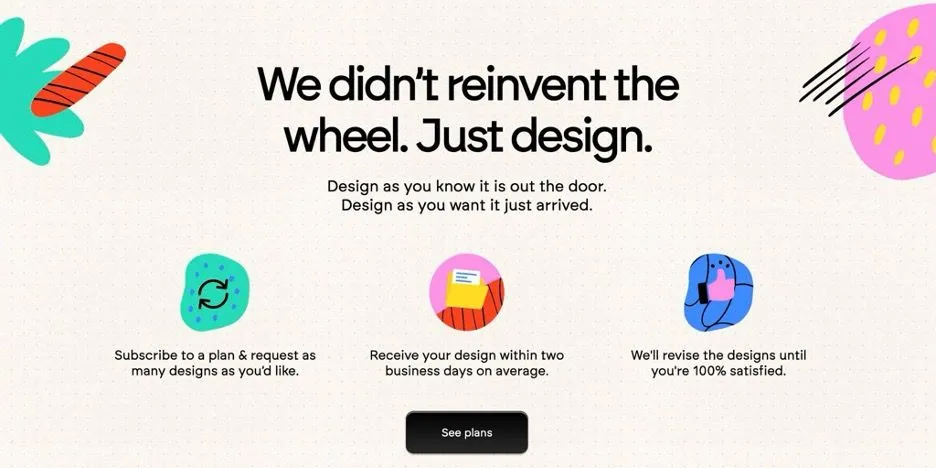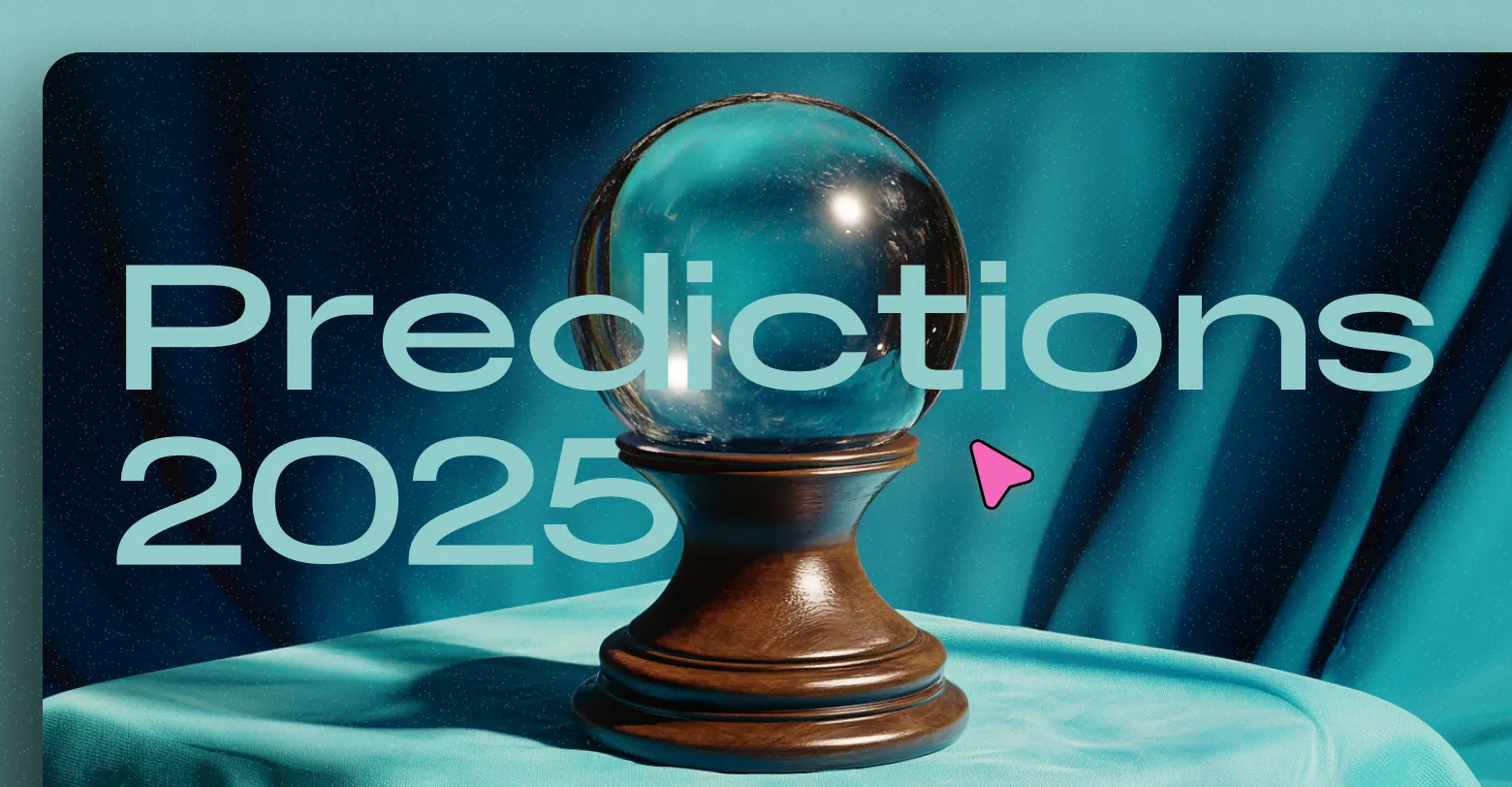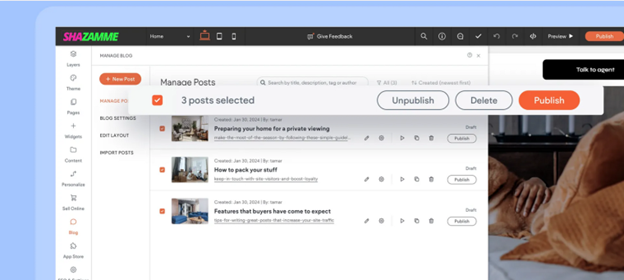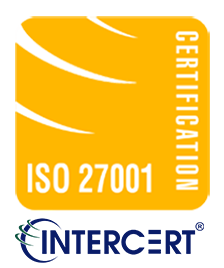High Conversion SEO Tips for Recruitment Websites to Attract Top Talent
Are you struggling to attract top talent to your recruitment website? Effective SEO can be your secret weapon. By optimizing your content, using the right keywords, and enhancing user experience, you can significantly increase your website’s visibility and conversion rates. In this blog, we will explore high conversion SEO tips specifically tailored for recruitment websites, helping you to attract the best candidates effortlessly.

Long Tail Keywords for Job Recruitment Websites
Long tail keywords are specific phrases that job seekers might use to find job opportunities. They are usually longer and more detailed than general keywords, making them highly targeted and less competitive. Incorporating long tail keywords into your recruitment website’s content is crucial for attracting job seekers who are searching for specific roles.
Long Tail Keywords for Job Listings with Specific Skills
When candidates search for jobs, they often include specific skills in their search queries. For example, instead of searching for “marketing jobs,” a job seeker might search for “digital marketing jobs with SEO experience.” By incorporating these long tail keywords into your job listings, you can attract candidates who possess the exact skills you’re looking for. Make sure your job descriptions are detailed and include the necessary skills and qualifications.
Example Keywords:
- “Full-stack developer jobs with JavaScript and Python”
- “Sales manager jobs with CRM experience”
Targeting Niche Job Roles through Long Tail Keywords
If your recruitment website specializes in niche industries or job roles, long tail keywords are essential. These keywords allow you to target specific job roles that might not have a high search volume but are highly relevant to your target audience. By focusing on niche long tail keywords, you can reduce competition and attract candidates who are perfectly suited for these specialized roles.
Example Keywords:
- “Cybersecurity analyst jobs in fintech”
- “Biotech project manager positions”
Using Location-Based Long Tail Keywords for Recruitment
Location-based keywords are another effective way to attract job seekers who are searching for opportunities in specific areas. By incorporating location-based long tail keywords into your content, you can connect with candidates who are looking for jobs in particular cities, states, or regions. This is especially useful for recruitment agencies that focus on local job markets.
Example Keywords:
- “Remote customer service jobs in New York”
- “Engineering jobs in San Francisco Bay Area”
Long Tail Keywords to Attract Passive Job Seekers
Passive job seekers are those who aren’t actively looking for a new job but might consider switching if the right opportunity comes along. To attract these candidates, use long tail keywords that speak to their needs and interests. Phrases like “flexible remote work” or “career growth opportunities” can resonate with passive job seekers who are open to exploring new possibilities.
Example Keywords:
- “Remote work opportunities with flexible hours”
- “High-paying jobs with career advancement”
Optimizing User Experience to Convert Quality Leads
A well-optimized website isn’t just about keywords; it’s also about providing a seamless and enjoyable user experience. If your website is difficult to navigate or takes too long to load, you risk losing potential candidates. Here are some key aspects of user experience to focus on.
Mobile-Friendly Design to Attract Job Seekers
In today’s digital age, many job seekers search for jobs on their smartphones. If your recruitment website isn’t mobile-friendly, you could be missing out on a significant portion of your audience. Ensure that your website is responsive and easily accessible on all devices. This includes optimizing text size, buttons, and overall layout to provide a seamless mobile experience.
Quick Load Times to Improve User Engagement
Website speed plays a crucial role in user engagement. If your site takes too long to load, candidates may leave before even seeing your job listings. To improve load times, consider compressing images, using a content delivery network (CDN), and minimizing the use of heavy scripts. A faster website not only improves user experience but also boosts your SEO ranking, as search engines favor quick-loading sites.
Clear Navigation for Better Job Search Experience
A well-organized website with clear navigation helps job seekers find what they’re looking for quickly. Create an intuitive menu structure and use clear labels for different job categories, resources, and contact information. Incorporate a search bar that allows users to filter jobs by role, location, and other criteria. The easier it is for candidates to navigate your site, the more likely they are to apply for jobs.
High-Quality Content to Build Trust with Candidates
Content is king when it comes to SEO, but it’s also crucial for building trust with your audience. High-quality content, such as detailed job descriptions, informative blog posts, and company culture pages, can help you connect with candidates on a deeper level. Make sure your content is well-written, free of jargon, and provides value to the reader. Additionally, include testimonials from current employees and success stories to showcase your company’s strengths.
Conclusion
Attracting top talent to your recruitment website requires a strategic approach to SEO and user experience. By incorporating long tail keywords, optimizing your website for mobile users, improving load times, and providing a seamless navigation experience, you can increase your chances of converting visitors into quality leads. Remember, the key to a successful recruitment website lies in understanding the needs of both job seekers and employers, and delivering a user-friendly, optimized platform that meets those needs.
Invest time in crafting high-quality content, focusing on the specific skills and job roles you’re targeting, and ensuring that your website is as accessible and engaging as possible. By following these SEO tips, you’ll be well on your way to building a recruitment website that not only attracts top talent but also converts them into successful hires.
Optimizing your recruitment website for SEO is a powerful strategy to attract top talent, but it's just the beginning. At Shazamme, we take these SEO principles to the next level with our cutting-edge recruitment website technology. With over 600 clients worldwide, Shazamme is trusted to deliver exceptional results by combining SEO best practices with user-friendly design and seamless integrations. Ready to elevate your recruitment strategy? Contact us today to see how Shazamme can transform your online presence and drive success.









